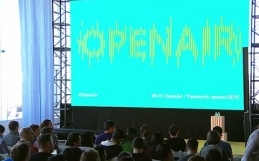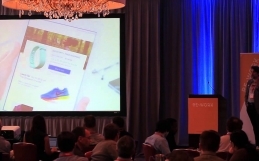AT&T held their 2015 Developer Summit Hackathon at Rain Nightclub in the Palms Casino, Resort, Las Vegas earlier this month.
This event is massive and the thing that makes it slightly different to conventional Hackathons is the diversity of participants who are not necessarily software engineers but also include entrants from the business side too. Needless to say it is built around a number of AT&T’s products and APIs so there is a big list of core ‘must uses’ but developers are free to season their apps with outside magic.
AT&T package this event into a quasi-Hackathon/Conference with the first 36 hours comprising the business end for development teams and an all night coding session followed by judging and awards on day two whilst the third day is a talk fest of biblical proportions categorised into various IoT sub topics but essentially all IoT.
The thing I love about this Hackathon is the sheer number of different challenges and prizes on offer, and the hybrid nature of the event with such large sponsorship make it one of the best networking opportunities for a Hackathon.
The main categories, which each offered a $10,000 prize for the winner were as follows –
- AT&T WebRTC Challenge – participants need to use the AT&T Enhanced WebRTC (real time communications) API to build an app. The WebRTC offers some very cool features like transferring live calls in between devices without affecting the call which can be made across any carrier or provider
- M2X Challenge – for this challenge, entrants need to use AT&T’s machine-to-machine solution, M2X which is a layer that sits on top of IoT devices and provides real time analytics to manage and share data.
- Women in Tech Challenge – self explanatory challenge, for the best app built by women.
- Drive Connected Car Challenge – this in car application challenge uses AT&T’s Drive SDK and developers must also use HTML5 and JavaScript APIs using a head unit simulator which have preinstalled UI libraries and middleware to access APIs to develop their app. Developers are able to integrate features like map integration, navigation and vehicle information to create their product.



